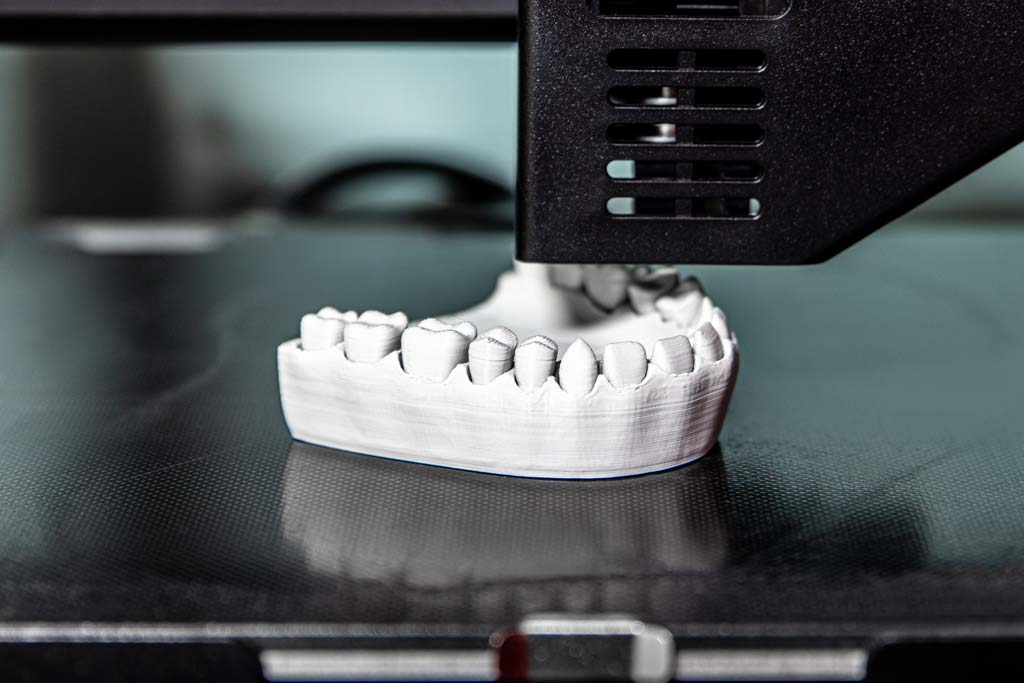Blog Summary:
In 2024, the healthcare industry continues to develop thanks to innovations that promise to redefine patient care and streamline medical operations. From the precision of AI diagnostics to the limitless potential of 3D printing, these advancements are reshaping the industry and setting new standards for what’s possible in healthcare.
Staying informed about these trends is crucial for anyone involved in the field, as they offer opportunities to enhance patient outcomes and improve the overall healthcare experience.
In this blog, we’ll explore five key healthcare technology trends that are driving this transformation.
Healthcare is experiencing a technological renaissance in 2024, with groundbreaking innovations poised to transform how we approach patient care, optimize operations, and elevate overall health outcomes.
The future of medicine is being rewritten by emerging trends, from AI diagnostics to 3D-printed organs, ushering in new paradigms that continually reshape the industry. It’s essential for everyone involved in healthcare—providers, organizations, and patients—to stay abreast of these developments as we embrace a more technologically advanced future to improve operations and provide the best experience possible.
Here are 5 technological advancements in healthcare that you should be aware of.
1. Artificial Intelligence
Various types of AI are transforming healthcare through their diverse, wide-ranging applications, from early disease detection and diagnosis support to personalized treatment plans and assistance in minimally invasive surgeries.
AI technologies like natural language processing and machine learning, for instance, are leading to more precise diagnoses and customized treatments, not to mention improvements in patient monitoring and even predictive maintenance of medical devices.
Learn more about five examples of AI in healthcare here.
The smart and careful use of AI in healthcare promises not only improved patient outcomes but also optimized processes, opening up numerous possibilities to further improve the care model and create efficiencies.
2. Telehealth & Remote Patient Monitoring
At the ATA Nexus event, we learned about the future of telehealth as a key driver of healthcare innovation. Key takeaways from the event include:
- Telehealth’s Critical Role in Improving Care: Telehealth continues to improve the quality of patient care, especially in rural areas where access to healthcare services is challenging.
- Artificial Intelligence + RPM in Lockstep: AI + telehealth technologies are allowing for real-time remote patient monitoring insights and predictive capabilities, helping prevent health complications before they arise and driving more personalized and proactive healthcare.
- Legislative Efforts to Secure Telehealth’s Future: Ongoing legislative efforts aim to extend telehealth services permanently beyond the 2024 election cycle, largely by integrating AI and new technologies into existing healthcare frameworks.
- The Promise of a More Connected Healthcare System: There is hope for the future from most providers and industry insiders who understand that telehealth and AI are central to creating a more connected, efficient, and equitable healthcare system.
3. Precision Medicine
The continued ability to tailor medicines to exact issues due to advancements in targeting specific disease states and biomarkers is likely to attract continued interest from providers, patients, and investors alike.
More investments into genetic editing and precision medicine will be made in the coming year, according to Mark Melton, VP of scientific operations and development at Slope.
And partially because of these inflows, it’s likely that researchers will continue to pursue more personalized forms of treatment.
Here’s an example. Say a group of people has stomach cancer. Precision medicine asks us to think about what differentiates one patient from the next and how to target these differences for the best course of treatment instead of treating everyone the same.
4. 3D Printing & Bioprinting
One of the most promising and exciting advancements in healthcare technology is 3D printing, which offers limitless potential to create physical medical devices as well as:
- Biotissues
- Regenerative heart valves
- Artificial limbs
- Retinal cells
- And more
While we’re a long way away from printing ready-to-use organs, this new technology in healthcare stands to speed up development and decrease costs.
The pharmaceutical industry is also leveraging 3D printing, with FDA-approved 3D-printed drugs available since 2015
5. UI/UX Focus
UX design focuses on creating intuitive, accessible, and efficient user interactions with healthcare products and services, like electronic health records and patient apps.
Compared to UI design, which focuses only on the user interface, UX design encompasses the overall experience, significantly impacting patient satisfaction, trust, and outcomes.
Good UX design in healthcare can streamline workflows for professionals, improve patient engagement, and prevent critical errors, making it an important area of focus.
Achieving effective UX design in healthcare can be challenging, however, so healthcare providers seeking to enhance user experience should consider partnering with specialized UX designers to ensure patient satisfaction and business success.
Partner with Digital Scientists
At Digital Scientists, we solve complex problems with technology and data.
Explore how we can help you build digital health solutions that improve patient care and your bottom line.



